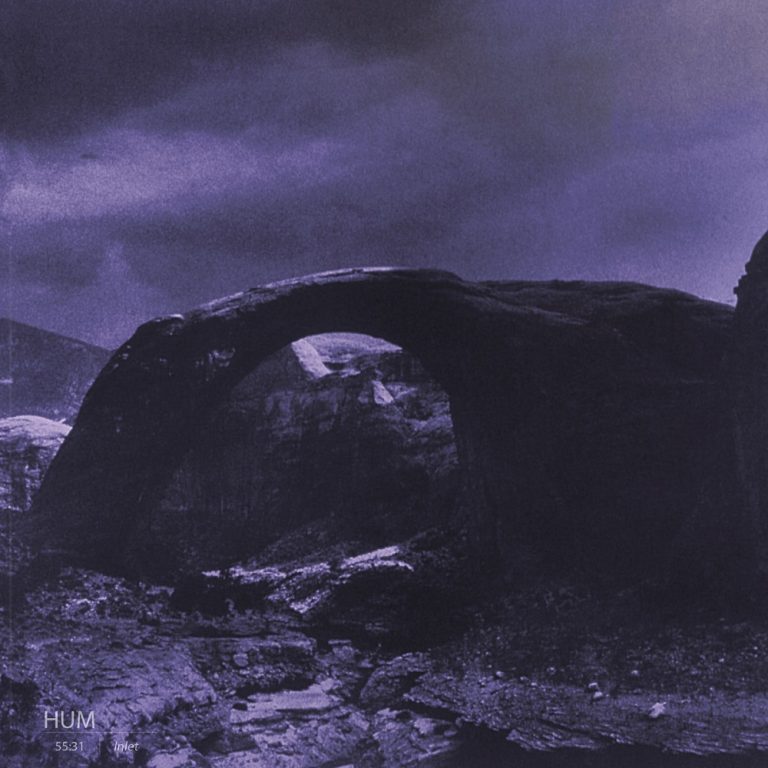All great shoegaze bands come to an end. Either by abandoning their roots (RIDE), or as a response to public disinterest (Slowdive), or because the mastermind behind it all withdraws from public eye due to mounting pressure (My Bloody Valentine), all the great shoegaze bands seemingly have to take a leave of absence for at least 10 years. The fact that the 2010s brought so many reunions and returns for the genre speaks to music culture’s inability to let go of the past (looking at you synth-pop).
Reunions are already baked into the mythos of rock bands, so much so that no band’s “break-up” seems to never last forever. The 21st century saw the returns of multiple shoegaze and adjacent acts like the Jesus and Mary Chain, Failure, Swervedriver, Lush, Dinosaur Jr., Chapterhouse head back on the road and release new albums.
We’ve seen plenty of retired rockers get a surge of creativity and pen an album or two before fading back into the ether – but it’s pretty common for shoegaze especially. Renewed interest in the genre peaked around the late-2000s thanks to records from the likes of Deerhunter and Beach House – and since then there’s a new band every few years who tries something new-ish to spark interest. This led to a reunion free-for-all, with legacy shoegaze acts popping up everywhere, no matter their caliber or popularity, cashing in on the second (and third and fourth and fifth) wave.
Nine chances of out 10, a reunion album sucks though, regardless of genre. If it’s not a massive shit heap (Black Flag’s What The…), it’s just forgettable (Ride’s Weather Diaries). This isn’t to say that classics can’t arise from ashes of a fiery dismissal; long-gestating albums from My Bloody Valentine and Slowdive were incredible. They had years, if not decades of anticipation packaged into them, so these acts knew the final product just couldn’t disappoint. Both MBV and Slowdive delivered by giving fans exactly what they had longed 20 years for.
This is why the return of Hum seems prophetic. Here we have shoegaze/alt-rock band with a much smaller cult following than the big three shoegaze bands of the 90s. Their main claim to fame was their minor 1995 hit “Stars”, but when the band broke up in 2000 after only three albums, it was met with a shrug. Most of the powerhouse shoegaze acts had already met their demise during the great shoegaze reckoning of 1995-2000.
Here’s the real gut punch though: Inlet, the first Hum record in 22 years, is better than it has any right to be. In fact, it’s excellent. It’s what all reunion albums should strive to be. Inlet doesn’t necessarily play it safe, but Hum do play to their talents – while avoiding bizarre experimentation that has made other acts look like tourists in the towns they helped construct.
Hum were always a bit heavier than most (not the loudest – that will always be reserved for Kevin Shields’ tombstone which will read “I was louder than you, bitch”). They were purveyors of sludge and metal through shoegaze – something few acts tried to incorporate – and Inlet encompasses everything Hum built their minor empire out of. Yet, despite having had 22 years to work on this album, Hum avoid sounding like a 90s retro act, and instead sound like they’re on the front line of the genre.
At a staggering 55 minutes across eight tracks, Inlet feels like an odyssey of noise. Thick and heavy grooves lay waste to eardrums and incite heart palpitations The production throughout is rugged, allowing every muddy riff to breathe and thrive. Songs like “Step Into You” fill a room with a volume that you won’t find on the average rock record these days.
Singer Matt Talbott gives us some breathing space amidst the avalanche of sludge, his bleak yet endearing lyrics drawing us in. On “In The Den” he soars with “I am still alive / and what’s coming true / is the singletude of my return / find me here on ground in need of you.” On centerpiece “The Summoning” he zig-zags through this chugging waterfall of muck, singing “To taste the autumn on my tongue / Let this be the last assumption and you were never wrong / I am never wrong.” It’s these moments of overwhelming emotion and sonics that mark Hum out as true classicists of the genre.
Inlet’s existence at all is a testament to the devout following that Hum has amassed over the last few decades through word of mouth and scant tours. This following are richly rewarded at last – when they hardly expected it. It wasn’t hyped; it came out of nowhere. This means that Inlet may very well be their best, purely since it isn’t burdened by expectation and doesn’t need to rely on anything other than its merit.
It also feels as though Inlet needed to be released in 2020, at the apex of world deterioration. Hum may very well have just released the most pertinent post-lockdown record: it has claustrophobia embedded in its DNA and hysteria woven throughout. It’s weighty and suffocating, pressing down on our shoulders and restricting our airways with nothing more than brittle bones and exhausted lungs to keep it all from collapsing – then it releases us, just in time.

